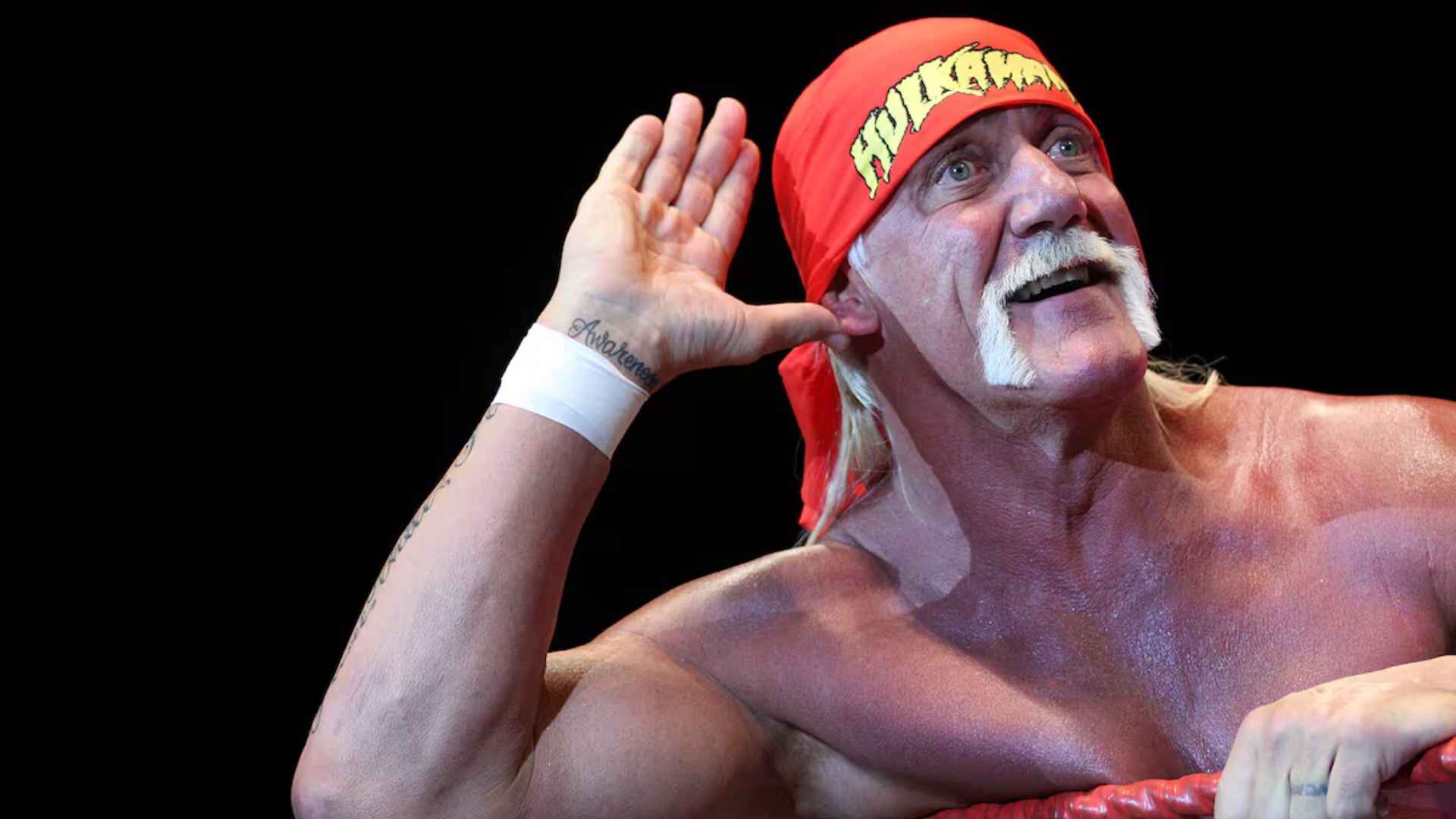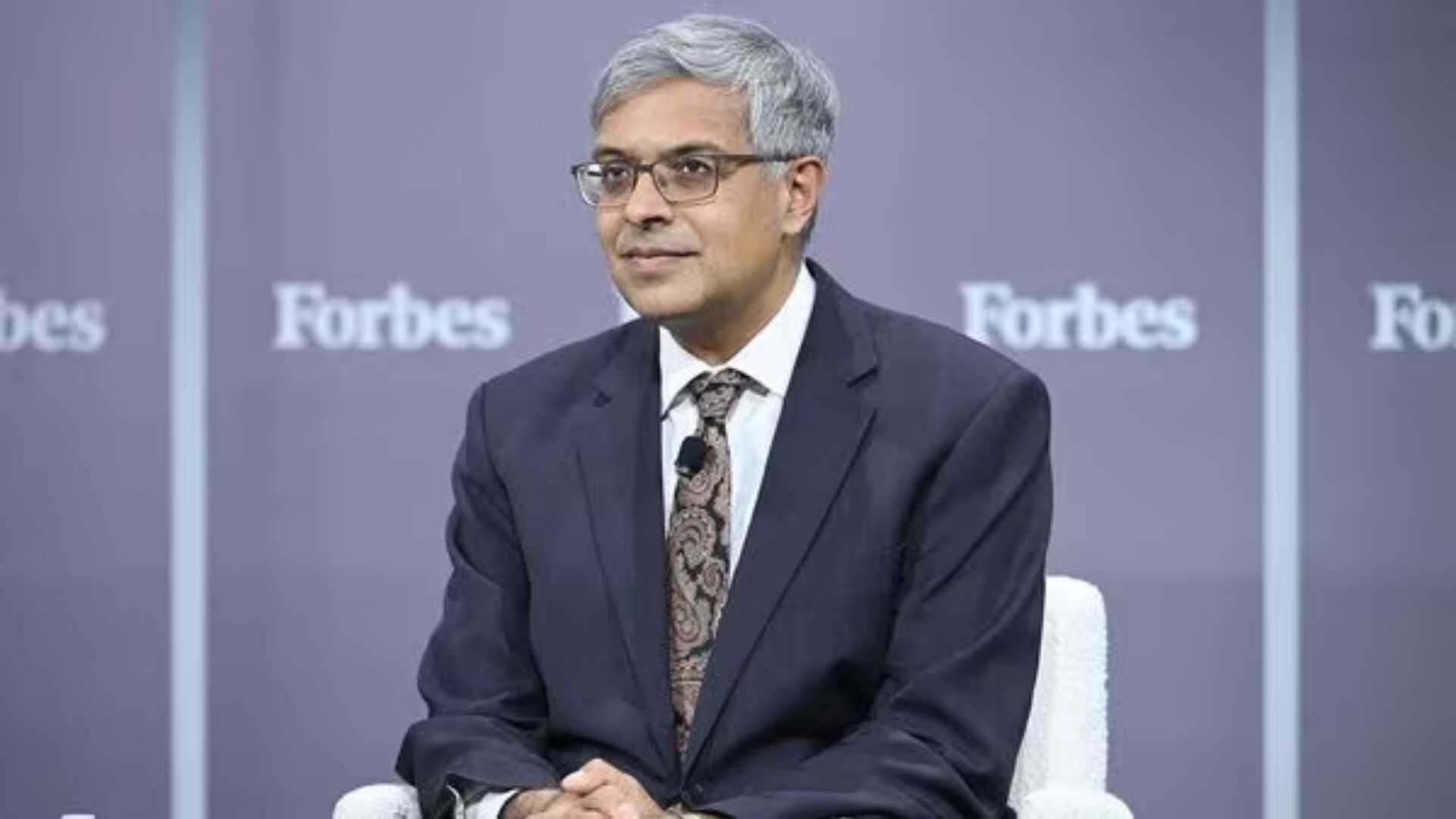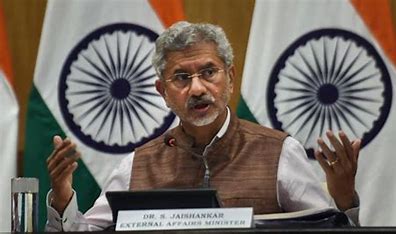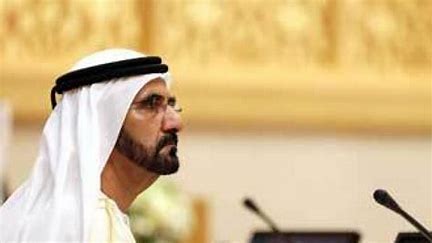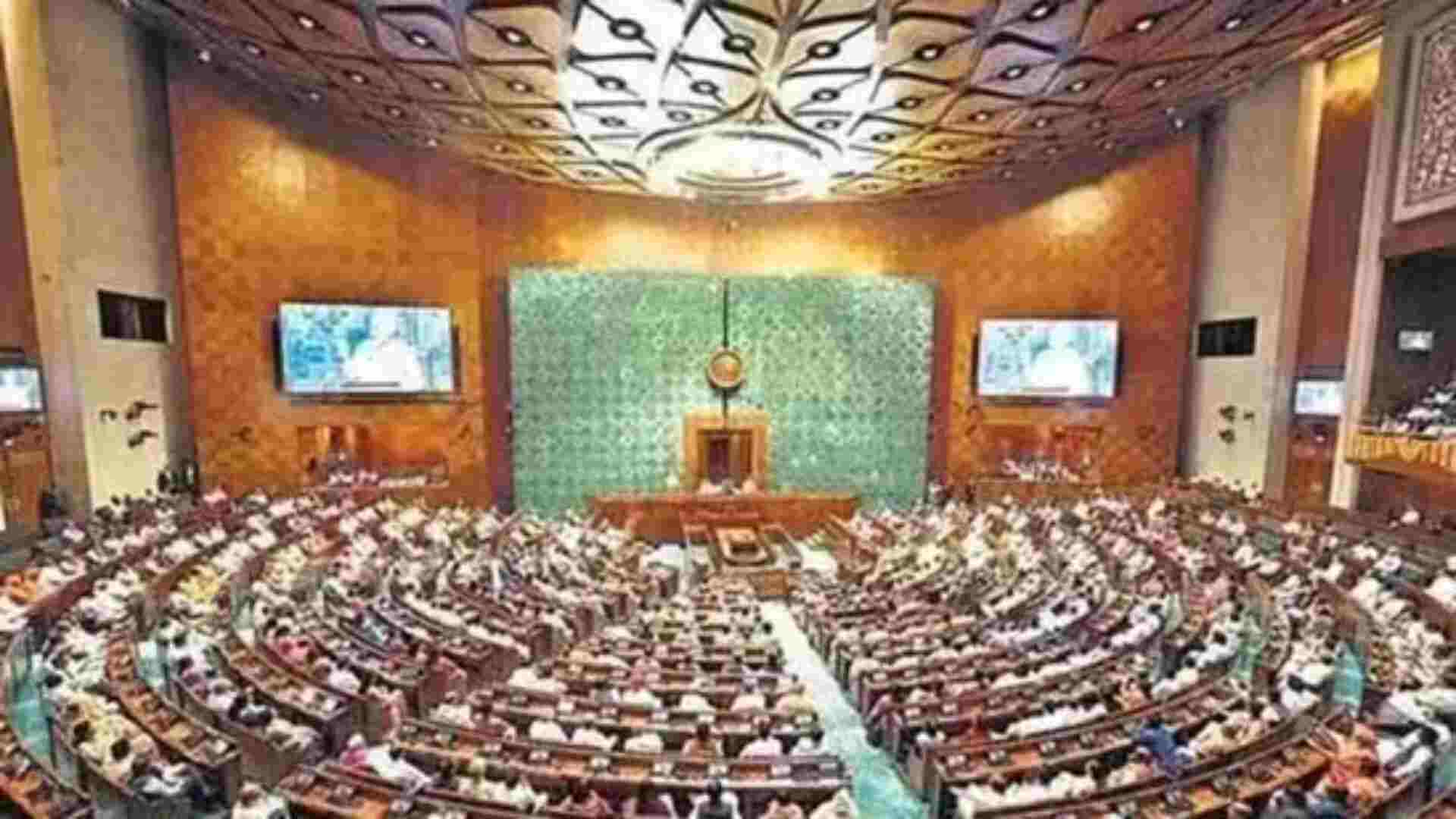On a 2019 autumn morning, heavy with rain, Emperor Naruhito announced his enthronement to the mythical sun goddess, Amaterasu, in the Japanese imperial palace grounds.
Later, he stood in the palace’s most prestigious space, the Matsu-no-ma, for his ascension to the Chrysanthemum throne.Dignitaries and royals from around the world travelled to witness the crowning of the oldest continuous hereditary monarchy. Among them was British monarch King Charles III who will officially be crowned in a three-day event this weekend.
His ceremony will be attended by Crown Prince Akishino, the emperor’s brother, as a representative of the Japanese monarchy.Japan and the United Kingdom adopt a constitutional monarchy system of government where monarchs are ceremonial leaders. In a democratically elected government, the power lies within the constitution and monarchies in these systems survive as symbolic figures to unify their people.
Even though constitutional monarchs do not have formal political powers in a democracy, research has found they can influence public opinion through their popularity.The emperor of Japan was a powerful political and religious leader up until the newly established democratic constitution severely restricted his role to be only symbolic and ceremonial and not political , after Japan’s defeat in World War II.
Since then, the emperor is strictly not allowed to express political messages he doesn’t even have voting rights.But a 2018 nationally representative survey found more than 75 per cent of the Japanese public still had favourable feelings and respect toward the emperor.
Zero per cent of respondents said they had unfavourable feelings toward the emperor and 22 percent answered to having “no feelings” towards him.A 2020 survey of 1,527 people showed the Japanese emperor could still influence people’s opinions on national politics.

